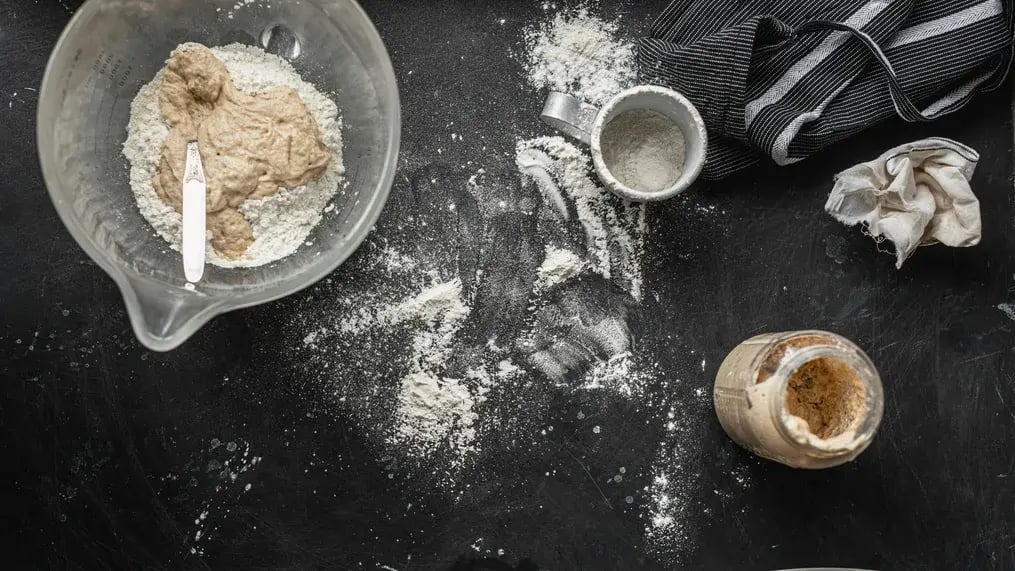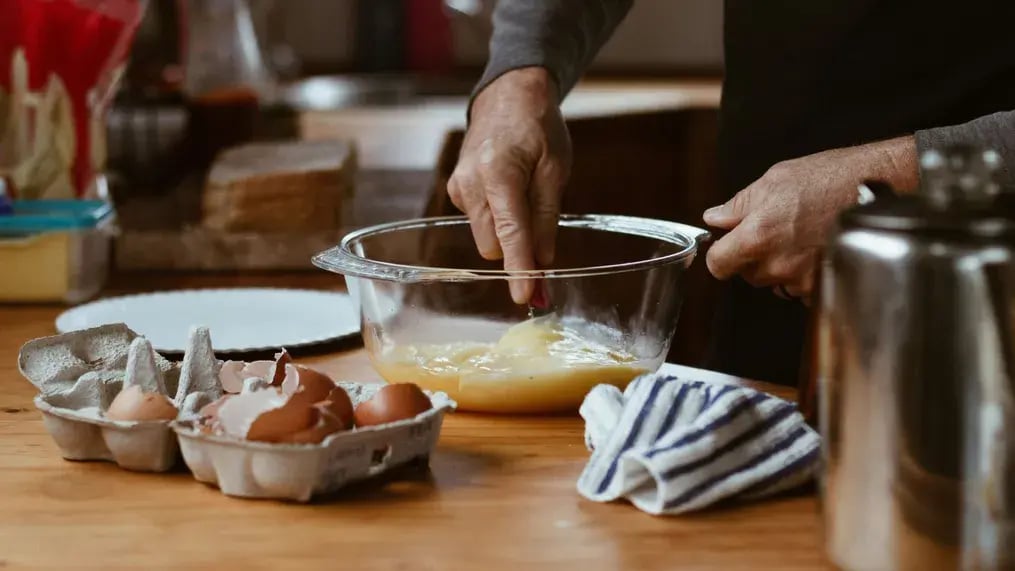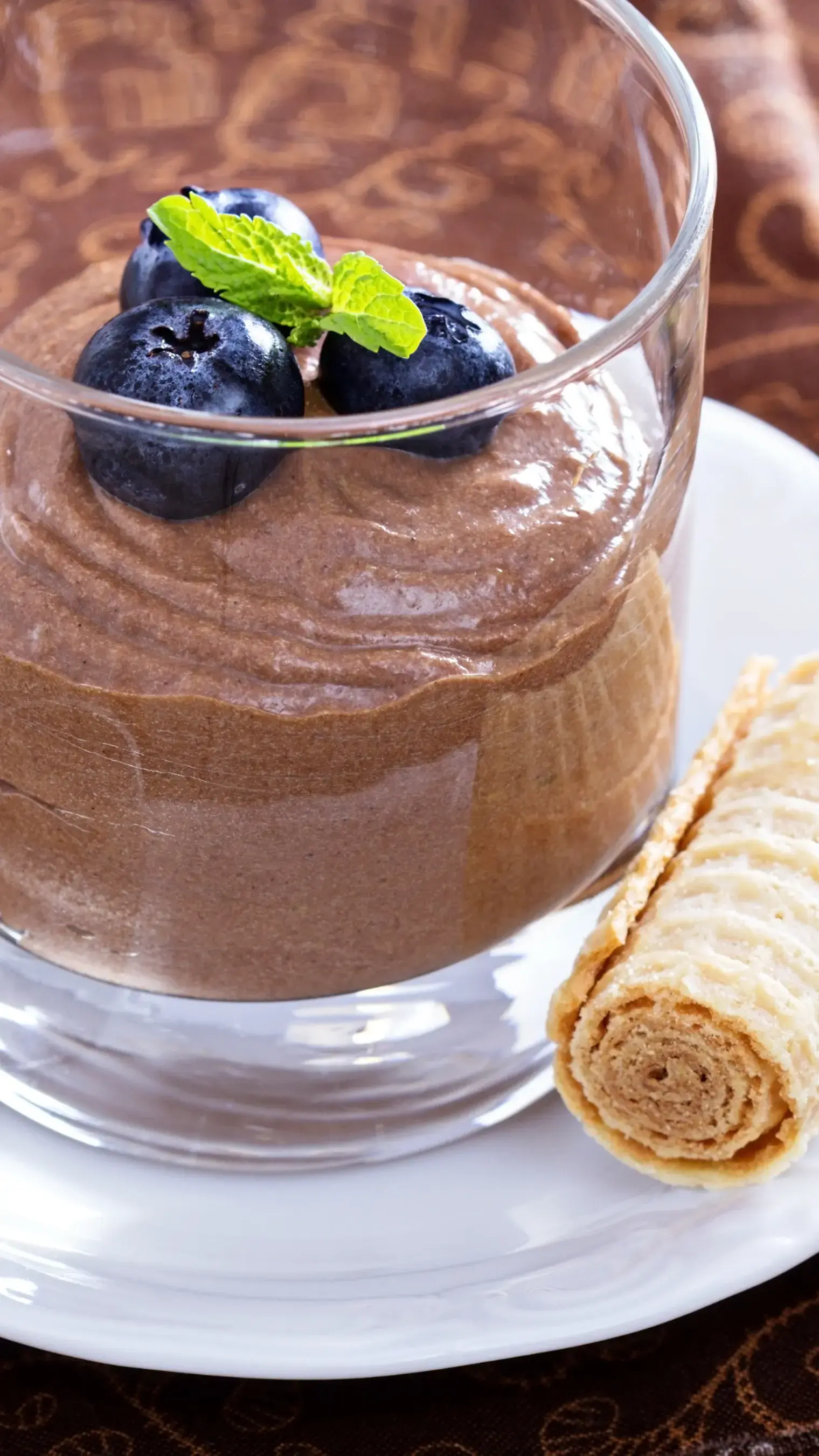Whether you’re making oatmeal cookies infused with Chocobakes chocolate or any other cookies, these tips prevent them from spreading too much.

When baking at home, few things are as disappointing as eagerly checking on your cookies in the oven, only to find they’ve spread out into one giant, flat mess. While some cookies are meant to spread for that lacy, crisp edge, most recipes aim for a tender center with just the right amount of height and structure. Take oatmeal cookies infused with Chocobakes chocolate, for instance. The perfect version has soft, thick centers and rich pools of chocolate nestled inside, not a thin, shapeless mass. So if your cookies often turn out flatter than you’d like, here are some of the most common reasons why that happens, and what you can do to prevent excessive spreading in your next batch.
The butter

Many cookie recipes call for butter to be softened -- that is, still solid but pliable. If your butter is too warm or melted, it loses its ability to hold air when creamed with sugar. As a result, the dough won’t have the structure to support itself in the oven, leading to flat cookies. Instead, let the butter sit at room temperature for 30 minutes. It should still hold its shape but give slightly when pressed. Avoid using the microwave to soften it unless you're careful not to melt it.
Chilling the dough
Chilling cookie dough is one of the simplest and most effective ways to prevent spreading. Cold dough spreads more slowly in the oven, giving the cookie time to firm up before the butter melts completely. Chilling the dough not only improves structure but also enhances flavor, allowing the oats and chocolate to meld into the butter and sugar base. Chill the dough for at least 30 minutes, but ideally an hour or more. You can even refrigerate it overnight for better texture and flavor.
Measuring the ingredients

In baking, accuracy matters, especially with flour. Too little flour and your cookies won’t have enough bulk to hold their shape. Too much butter or sugar can have the same effect, encouraging excess spread. Use a digital kitchen scale for precise measurements. If measuring by volume, spoon flour into the measuring cup and level it with a knife. Never scoop directly from the bag, which packs in more flour.
The oven temperature
Too hot or too cold, and your cookies won’t behave properly. A cooler oven gives the dough more time to spread before it sets, while a too-hot oven might cause butter to melt too fast, resulting in greasy, flat cookies. Always preheat your oven and use an oven thermometer to verify the actual temperature. For most cookie recipes, 170 °C or 340°F is the sweet spot.
The mixing
When you overmix cookie dough after adding the dry ingredients, you develop too much gluten. This can lead to tough cookies and may also cause them to spread excessively due to the dough becoming overly elastic. Mix just until the flour disappears into the dough. Fold in add-ins like oats or chocolate gently by hand to keep the dough light and airy.
Spacing the cookies

Even if your dough is perfect, poor spacing on the baking sheet can cause cookies to merge into each other. Dough balls too close together don’t have enough room to expand without touching. Leave at least 2 inches between each scoop of dough. If your oven is small or you’re using smaller trays, bake in batches instead of crowding the pan.
Room temperature eggs

Cold eggs can cause the butter to seize up slightly during mixing, affecting how well the dough binds and leading to uneven structure. If the dough texture is off, it may cause inconsistent spreading during baking. Let the eggs sit at room temperature for 20 minutes before using, or place them in warm, not hot, water for 10 minutes if you're in a rush.
The test cookie
Instead of baking the entire batch at once, bake one or two cookies to test how they behave. If they spread too much, you can adjust the dough, like by adding a bit more flour or chilling it longer, before committing to the whole tray. This small test run is especially helpful when experimenting with indulgent variations where the added moisture and richness of the chocolate center can shift the cookie’s consistency.
Like This Article?
More Like This



Popular Articles




Trending Web Stories
Curated Recipes




















